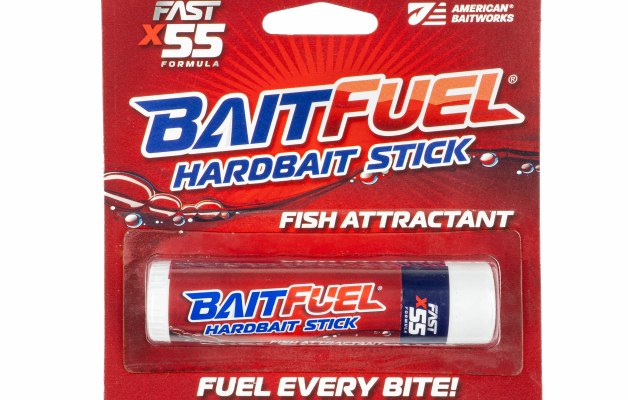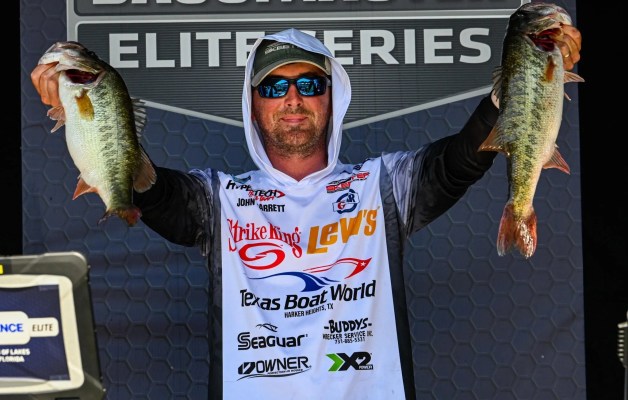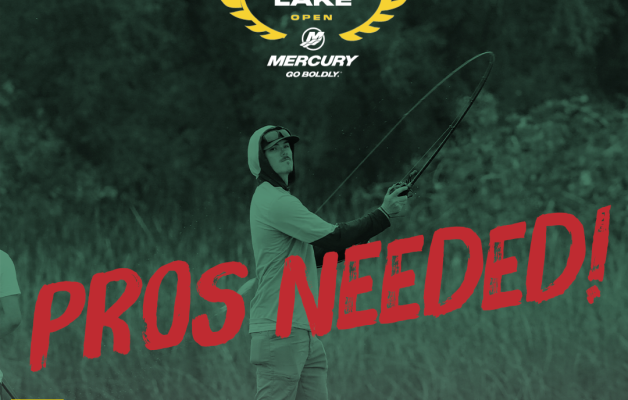
ORLANDO, Fla. — The Oscar is the top award for actors, the Pulitzer is journalism’s top prize. For outdoors writers, it’s the Homer.
Wade Bourne was so honored Tuesday night before the official opening of ICAST, when he was presented the award with the most words, the Professional Outdoor Media Association (POMA)/American Sportfishing Association (ASA) Homer Circle Fishing Communicator Award.
And it’s certainly holds the most meaning to him.
“I knew Homer Circle well and to be associated with his name, for me, it’s the highlight of my career,” Bourne said. “I’ve been a full-time outdoor writer for 40-plus years — still going strong — but I’m long in the tooth, as my daddy used to say … I’m honored and I’m humbled.”
Bourne said he never went fishing with Homer, but emulated many things of the legendary Uncle Homer. Bourne has written more than 3,000 articles for national outdoor magazines, authored six books, hosted shows on TV and radio and has been elected to multiple outdoor halls of fame.
“Homer would always grab you and hug on you and make you feel like you were his best friend,” Bourne said. “Any questions you had, anything you wanted to pose to Homer, if he could help in any way he would.
“He’s a good strong Christian man. He loved his wife. They were married for, I don’t know how many, 78 or 100 years. Homer just had all the qualities that I would like to have in my life.”
So, what everybody has said about Uncle Homer, you would like to be said about you?
“Oh, absolutely,” he quickly said. “And they won’t, because I can’t measure up to Homer Circle. He was a great man. But I’m really pleased with this.”
Somewhat humble, Bourne joins a small group of Circle winners that include B.A.S.S. writers Frank Sargeant, Louie Stout and Robert Montgomery. Bourne also is among the super seven who have won the Southeastern Outdoor Press Association’s Lifetime Achievement Award, the second longest title.
Interestingly, Bourne was a U.S. Air Force pilot before his career in outdoor communications. He graduated from the University of Tennessee and earned a Masters in journalism at Murray State. He lives in Clarksville, Tenn., with his wife, Becky. They have two grown children, Hampton and Haley.

MORE LIFELIKE TARGETS
LIVETARGET, which aims to match the hatch, did it again with swimbaits. About 50 media members watched a presentation of the soft baits launched Tuesday afternoon. In nine common forage species, the swimbaits come ready to fish right out of the package.
“In order to do that, we kind of pre-programmed, pre-balanced, perfect weighted, put the hook in the right positions,” Vic Cook, of research and development, said. “We want you to be able to fish that and be successfully right out of the box.”
Not that you can’t add to it, as an accessory pin allows for another hook or a willow leaf blade. One distinct feature that required some extra fine tuning was using the dorsal fin to help avoid collecting grass, and getting the right hook tucked right behind it.
“I don’t know how many we went through,” Cook said the rigid hooks. “We wanted proven hooks from proven companies that were sharp, would be durable and that we have good access to. So we could keep the cost down.”
He said the swimbaits retail from around $10 to $20, and that’s because they use premium materials which help the soft bodies hold up better.
FLY LINES OF SILK MAKE SENSE
Remember Bert Kaplan? He’s an ASA membership committee guy who’s now been to 58 consecutive ICAST (or a predecessor of) dating back to the “Stone Age.” His first was in 1959 when he was arrested on Chicago’s Rush Street at 3 a.m. with a Dixieland Band playing. See “Arresting times at ICAST.”
Kaplan was asked about any game-changers he’s seen in the field, and of course went to his expertise, fishing line. Why silk became a norm for casting line and fly lines was simply an overabundance of material at Gudebord, a Pennsylvania Dutch Company that made parachute chord during WWII.
“So they have all this silk sitting in the warehouse and didn’t know what to do with it,” he said. “It’s a natural product. It’ doesn’t break down. They used it in line and to tie on guides. You could pick your colors.”
As Harvey might say – that’s Paul, not Guy – now you know the rest of the silk line story.
ALTERNATE UNIVERSE
The long walks associated with ICAST started at the Orlando Airport when the Bassmaster crew coming in from different flights tried to save some money by meeting up to share a cab to the hotel.
“We’re in front of the courtesy phones, right across from Avis,” Phil Lawless said on the phone.
That’s funny because I was standing right in front of the phones, right next to Avis. Took a few minutes, and a half mile of walking, to figure out he was in a weird, alternate universe. Yep, Side A of the terminal. Me, Side B.
Another half mile and we got in the cab for an easy 13.7-mile drive that cost $45. The taxi association must be powerful here because only recently did it allow Uber to work the airport, but only its premium Black version, which quoted $89 for a ride. No shuttles to the convention area were available, nor were buses, but there were Disney shuttles every 6 seconds, it seemed. Mickey must have the muscle.





